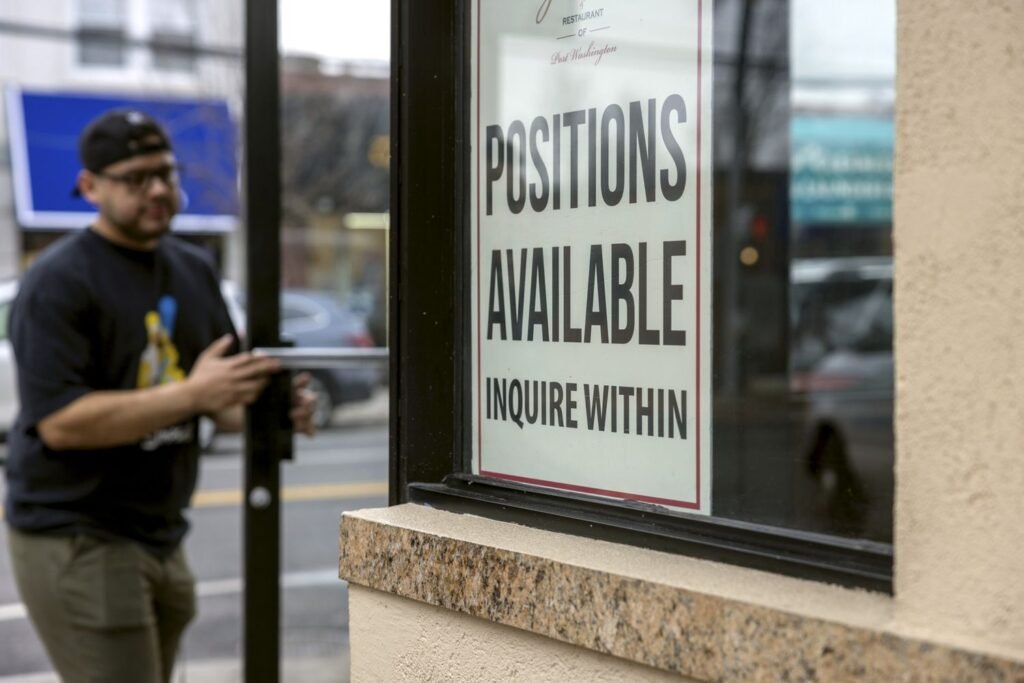:max_bytes(150000):strip_icc():format(jpeg)/GettyImages-2196308900-de2fcecf3c8642219887861f2cfd3b10.jpg)
Key Takeaways
- The Bureau of Labor Statistics is incorporating annual revisions into its jobs report, which could change job market statistics including the unemployment rate and labor force participation ratio.
- The labor force will jump by an estimated 2.3 million people, forecasters at Goldman Sachs estimated.
- The bureau will also finalize revisions to job growth between March 2023 and March 2024, subtracting 818,000 jobs.
The Bureau of Labor Statistics is about to revise its estimates for the number of people working in the U.S., a statistical correction that could add millions of people to the workforce who weren’t previously accounted for.
On Friday, the bureau is set to release its widely anticipated report on the number of jobs gained or lost in the economy, which is expected to show a steady pace of job creation. Alongside that, the bureau will release its monthly figures for the size of the workforce and the number of people unemployed.
The first set of data is based on a survey of employers, and the second is a survey of households. The latter is due for a significant revision that’s likely to show millions more people are working in the U.S. than previously thought.
The bureau is changing its methodology to incorporate new data from the latest census, which has been revised to account for an influx of immigrants. Forecasters at Goldman Sachs calculated the new numbers will show an additional 2.3 million people working in the country and a total population increase of 3.5 million. That will likely drive the unemployment and labor force participation rates up slightly.
As a side effect, comparing those metrics over time will become more difficult because the bureau isn’t going to incorporate the revisions into its historical data.
Controversial Revision Will Be Finalized
In addition to that revision, the bureau is finalizing a revision of historical job creation data from the survey of employers. The preliminary version of that revision stoked controversy last August when it showed 818,000 fewer jobs had been added over the year than previously thought.
Though some numbers may change, the overall story of the job market likely won’t, economists said. In general, the job market has slowed down since its post-pandemic heydey but has not crashed, despite high interest rates imposed by the Federal Reserve to control inflation.
“Annual updates to the establishment and household survey will leave plenty to sift through on February 7, but ultimately, we do not expect them to significantly alter the recent picture of the labor market,” economists at Wells Fargo Securities wrote in a commentary.
[publish_date

















